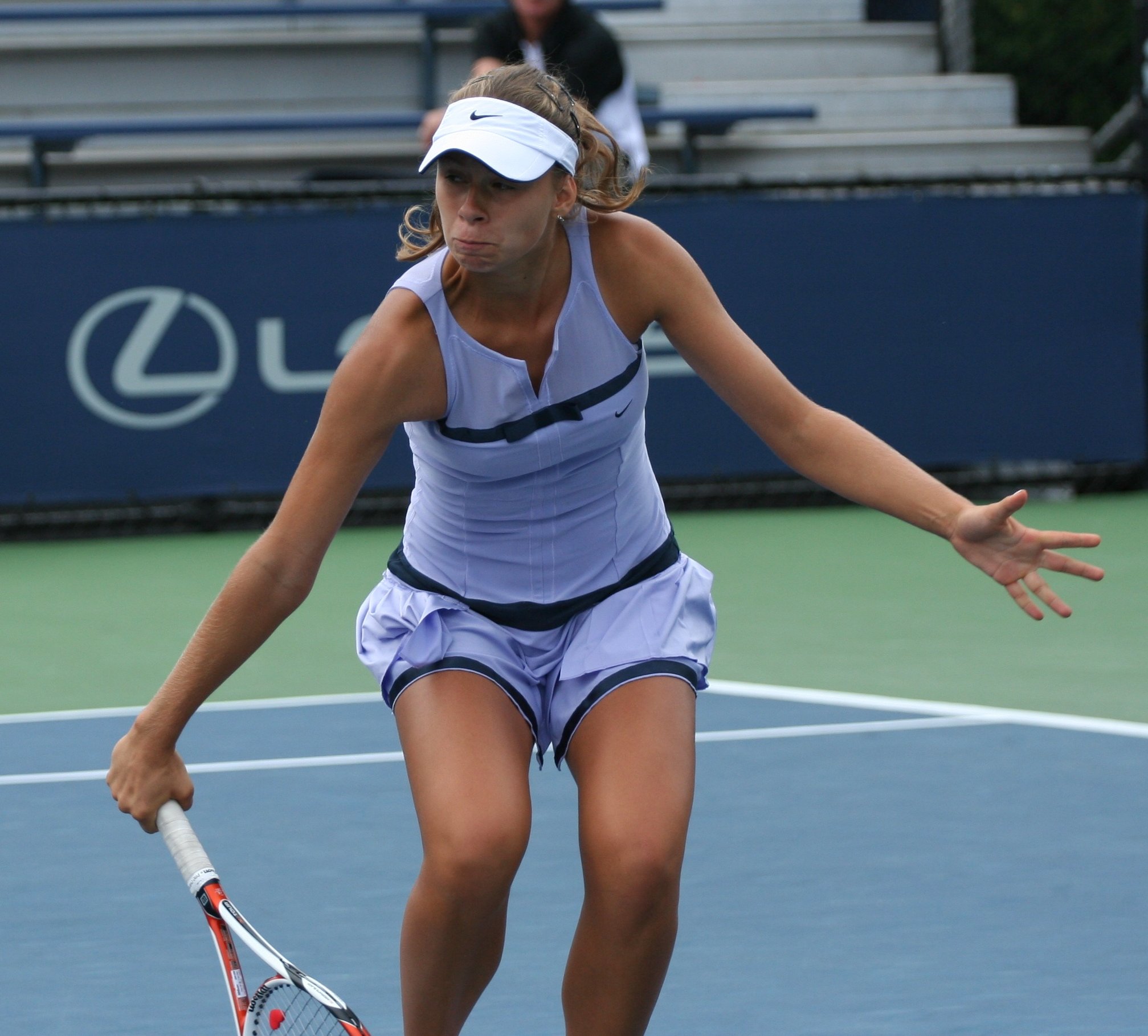Junior tennis is almost as old as normal tennis but how did it come to be and should your kids be playing competitive tournaments?
The biggest junior tour, the ITF junior tour was founded in 1977 and has grown since. During the year of its foundation, the tour only included 9 tournaments compared to its 350 tournaments in 2001. In the latest release of rankings, the ITF included 2563 boys players and 2542 girls contestants. Some of the top players on the tour have already established a presence on the pro circuit. The Serbian Olga Danilovic has won the doubles tournament at the age of 16 in the most recent edition of The Wimbledon Championships. ITF junior world number 1 Yibing Wu has an ATP ranking of 329. On top of his rank, he has also earned 80,000 dollars and has achieved a career-high ranking of 320. Miomir Kecmanovic, the ITF junior world number 5 and former world number 1 has a ranking of 294. He finished 2016 with a year-end world number 1 title on the ITF junior tour he has also earned $39,000 on the pro stage.
The ITF junior tour has a history of contestants who ended up having great careers on the pro tours. Some notable and older players are Martina Hingis, Ivan Lendl, Andy Roddick and Stefan Edberg. It has an even longer list of newer great tennis players such as Bouchard, Zverev, Fritz, Mladenovic, Federer and almost anyone else you can think of! Alexander Zverev finished world number 1 on the junior tour in 2013 and is competing in the ATP year-end tournament only a mere four years later. Most of the recent year-end world number 1s have experienced great success in the pro stage in 2015 it was Taylor Fritz, 2014 Andrey Rublev, 2005 Donald Young, 2004 Monfils and Jiří Veselý in 2011. On the women's side, a similar pattern can be observed Kristina Mladenovic, Daria Gavrilova, Belinda Bencic and Victoria Azarenka have all won it since 2004.
 |
| Magda Linette at the 2009 junior US Open |
So does it determine whether you’re going to be a future star? It might, but it isn’t exactly reliable. Some players who became year-end world number 1s can’t be watched on Tv meanwhile some players who struggled on the Tennis Europe tour are steady professionals like Ernests Gulbis, who finished 44th in Europe during his U14 campaign or Paolo Lorenzi, who finished 67th in Europe during his second year in U16 while Federer was sitting at 17th who was also in his second year of U16 competition. What junior tennis does do is show you how much you need to improve to be the best and helps you get warmed up to competition so it isn’t a new concept on the pro tour. It also helps younger prodigies make names for themselves, which results in easier placements into ATP challenger tournaments and other wildcards. Parents who have a child who is serious about tennis should most definitely enroll their child into some sort of competitive tour.
Comments
Post a Comment